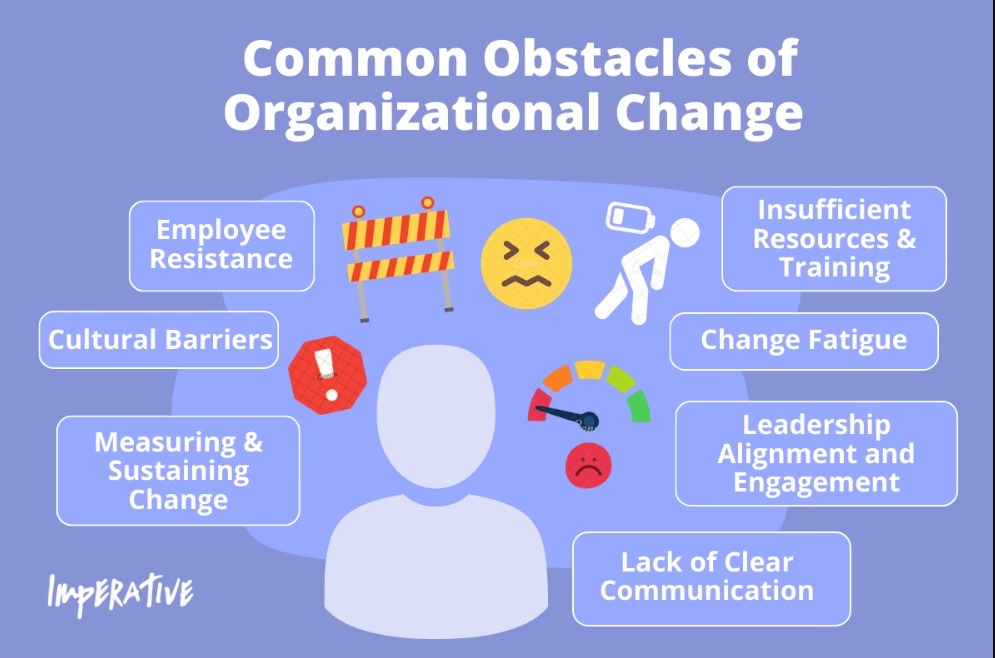Lean Six Sigma – it’s a powerhouse of a methodology, capable of revolutionizing quality, efficiency, and customer satisfaction within any organization. But here’s the catch: implementing Lean Six Sigma changes isn’t enough. To truly transform your business, you must make these changes stick, embedding them deep within your culture. The question is, how do you make Lean Six Sigma changes last and become an integral part of your organization’s DNA? Let’s dive into some invaluable tips that will help you achieve just that.1. Define and Communicate the Vision: The Solid FoundationThe journey to cementing Lean Six Sigma changes begins with defining and communicating a crystal-clear vision. This vision should align seamlessly with your organization’s mission, values, and strategic goals. Make sure everyone, from employees to customers and suppliers, comprehends the benefits and expectations of the impending changes. Engage your stakeholders at all levels, ensuring they have a voice in shaping this vision. By involving them, you build a collective sense of ownership and purpose.2. Train and Empower Your Team: Equipping for SuccessEmpowerment is key, but it comes with a caveat. Empower those who have demonstrated competence and trustworthiness. As they say, with great power comes great responsibility. Before you bestow authority, ensure your team is adequately trained and equipped with Lean Six Sigma tools and techniques. This includes problem-solving, data analysis, process mapping, and waste elimination. Provide the necessary resources, coaching, and support to foster skill development. Your team should not only make decisions but also take ownership and collaborate effectively. Don’t forget to acknowledge and reward their dedication and achievements.3. Monitor and Measure the Results: The Guiding CompassEffective Lean Six Sigma implementation hinges on monitoring and measuring results. Establish precise, relevant metrics and indicators that accurately reflect performance and the impact of changes. Regular data collection and objective analysis are vital components of this step. Ensure that the results are communicated to all stakeholders. Celebrate the successes and share the invaluable lessons learned. This transparency fosters trust and accountability.4. Review and Improve the Changes: The Iterative ProcessSustainability demands an iterative approach. Continually review and improve the Lean Six Sigma changes. Based on the data and feedback you gather, identify any gaps, issues, or risks that might jeopardize the changes’ long-term success. Implement corrective or preventive actions as required. Seek opportunities for further enhancements and the application of these changes in other areas. Champion a culture of continuous improvement.5. Embed and Standardize the Changes: Integration into Your DNAThe fifth step is about embedding and standardizing changes throughout your organization’s policies, procedures, and systems. Document the best practices and lessons learned from these changes. Ensure they are consistently and uniformly followed and enforced. Integrate these changes into your organization’s culture, values, and norms. Make them an inseparable part of your identity and reputation.6. Evaluate and Sustain the Changes: The Ongoing CommitmentThe final step involves evaluating and sustaining the Lean Six Sigma changes over time. Monitor the long-term outcomes and benefits, ensuring they align with your organization’s goals and customer needs. Regularly review and update these changes, and secure unwavering support from your leadership, management, and staff.By following these six steps, you’ll not only implement Lean Six Sigma changes but also ensure they become an enduring part of your organizational fabric. Lasting change isn’t just a one-time effort; it’s an ongoing commitment to excellence. Embrace it, and watch your organization thrive.
Mastering Lean Six Sigma: How to Ensure Lasting Organizational Change


